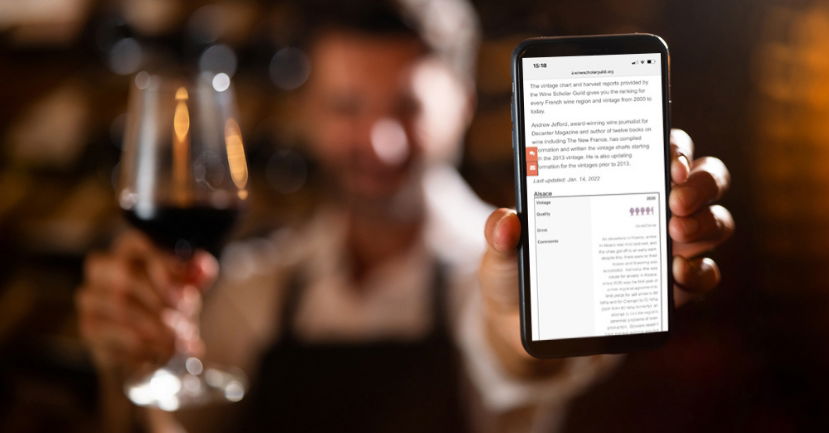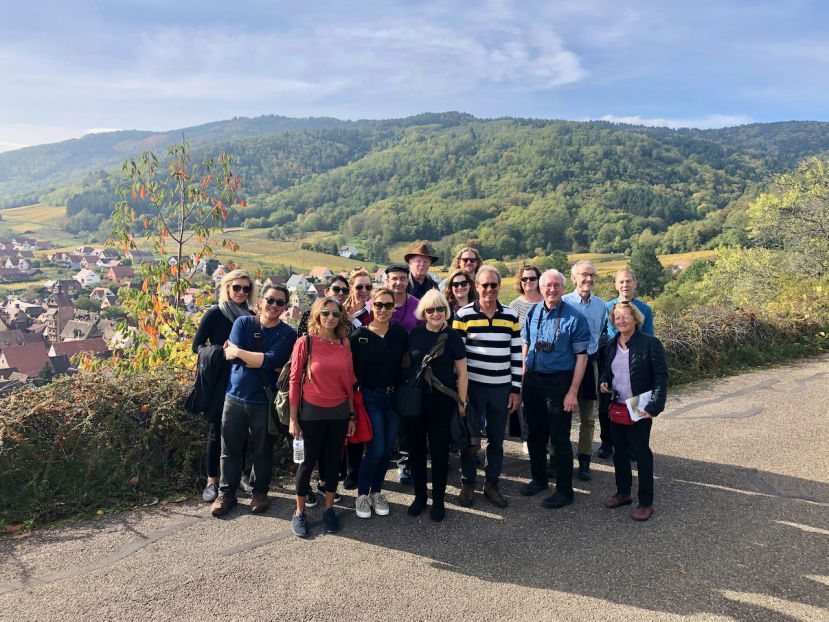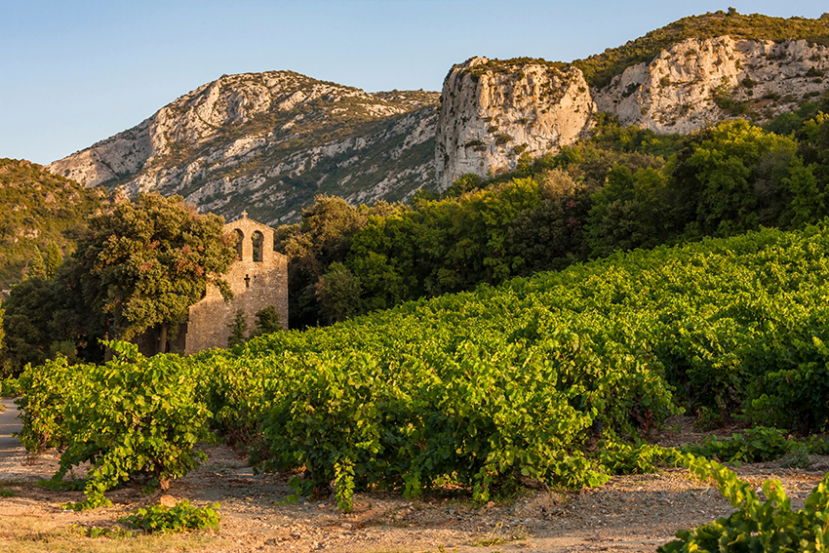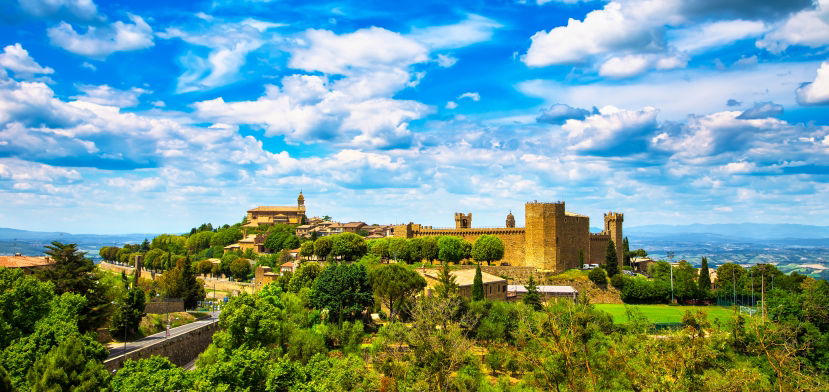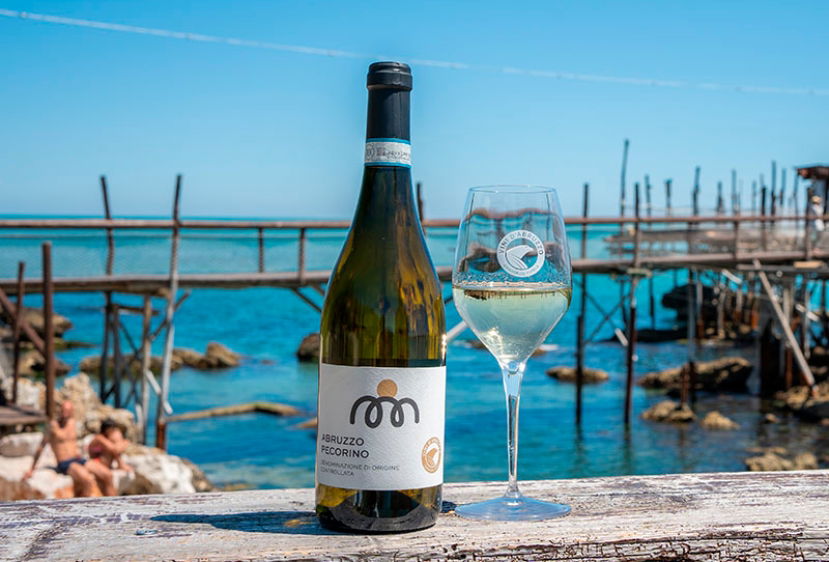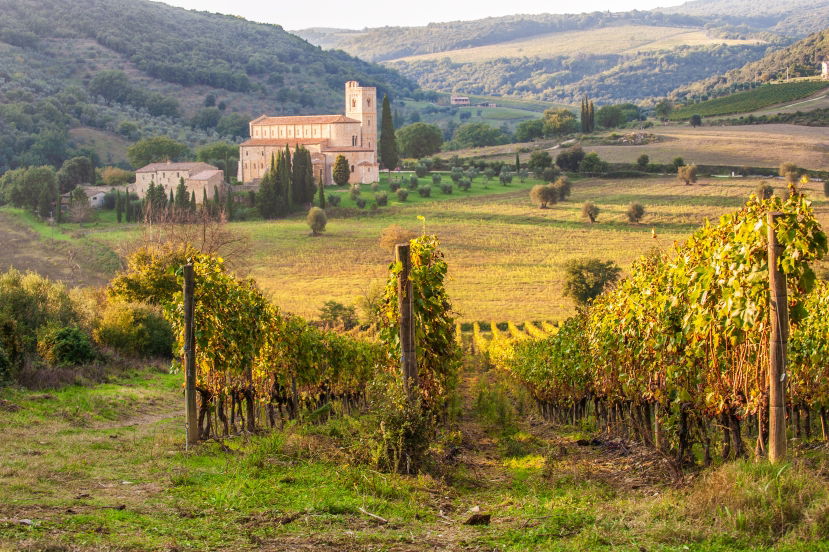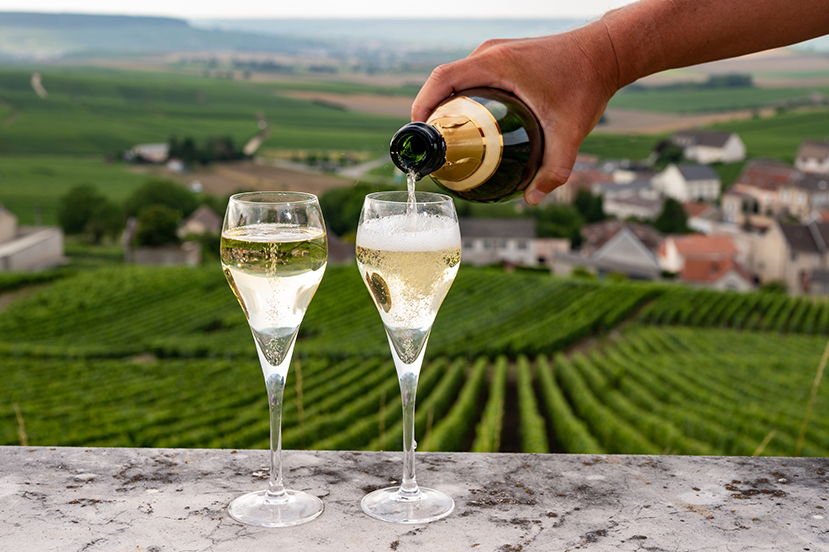BLOG
Blog
Jacopo Mazzeo Wine Culture
Pascaline Lepeltier is one of the world’s most respected and modern sommeliers and restaurateurs. Her list of accolades and professional achievements is endless. In 2018, she was the first woman ever to obtain the Meilleure Ouvrière de France in sommellerie (this is a very prestigious award that...
Jacopo Mazzeo Viticulture Insights
“We have a very particular history,” says Miguel Aguirre, vineyard manager at Premier Cru Sauternes estate, Château La Tour Blanche. “After his death, our last owner gave the estate to the French State asking to open a free school in return for his gift. That is why you see so many young people...
Julien Camus Viticulture Insights
Water: the source of life Since our return to Alsace ten years ago, my wife Céline, my daughter Zoé and I never tire of walking the countless hiking trails that crisscross the Vosges, often offering breathtaking panoramas of the mountains and the Alsace plain. On the days when the sky is at its...
Jacopo Mazzeo Viticulture Insights
Without Joker, could Batman ever be a real superhero? Or Sherlock Holmes the world’s greatest detective, if criminal mastermind Professor James Moriarty wasn’t a threat to his very own life? All heroes have nemeses, and vitis vinifera – certainly a real hero to many a wine lover – has one too:...
Joshua Dunning Wine Education & Careers
The Etruscans were the first to produce wine in northern Italy; beginning with wild varieties, they cultivated vines in Piedmont centuries before the Romans arrived. Nevertheless, it was the Romans who advanced commercial winemaking, significantly increasing the area under vine and using props,...
Jacopo Mazzeo Wine Culture
Earlier last month, I ran my first webinar for Wine Scholar Guild (WSG) — an overview of what it means to be a wine journalist and what it takes to turn this into a viable and successful career choice. Ahead of a series of stories I’m going to be regularly writing for the blog and a brand-new...
Elizabeth Hecker Regional Spotlight
Prioratans have a saying: Si ets calatà, de les pedres treuràs pa. Pero si ets a Priorati, treuràs vi. It means “The Catalan people make bread from stones, but the Prioratans make wine.” Their llicorella rock soils provide the kind of struggle that produces some of the most sought-after wines in...
Andrew Jefford Tasting & Trends
The vintage chart and harvest report provided by the Wine Scholar Guild give you the ranking for every French wine region and vintage from 2000 to today. The most recent vintage report is published two years following the vintage, i.e. the 2021 vintage report was published in 2023. Andrew Jefford...
Rick Fisher Wine Education & Careers
From April 16-21, 2023, Wine Scholar Guild will land on the shores of southern Spain to host a special session of our internationally-recognized Spanish Wine Scholar® study and certification program in the beautiful coastal town of Málaga. If the spectacular weather and roughly 112 miles/180...
Andrew Triska Wine Education & Careers
On a blistering June day, my suitcase rattling over the hot cobblestones, I made my way by through the village of Amboise in the Loire Valley, where my tour with the Wine Scholar Guild was about to begin. That night, in an 18th century hotel decorated in a style my spouse describes as “manic...
Albert Sheen Wine Culture
Curious about Wine Scholar Guild trips, dear reader? I’m no expert on wine tourism, but I have been fortunate enough to go on five (!) WSG trips: Alsace, Champagne, Languedoc-Roussillon, Loire, and Rhône. Below I share my thoughts on why these trips were so great and why I keep coming back for more.
Tom Hyland Regional Spotlight
Taurasi, Southern Italy’s greatest red wine, has enjoyed a spectacular and highly distinctive history. The wine is capable of extremely lengthy cellaring, as examples from the 1940s and 1950s prove even today; in fact versions from the 1928 and 1934 vintages are still
Andrew Jefford Regional Spotlight
For wine lovers, there are two Languedocs...
Scott Wren, FWS Wine Education & Careers
In Zen, there’s something called "Beginner’s Mind". It’s a state of mind where you aren’t hemmed in by your judgements. You are able to see the world fresh--without pre-conceptions. That’s an apt description of how I was feeling as I began a weeklong deep-dive into Bordeaux with twenty Wine...
Joshua Dunning Regional Spotlight
The Romans arrived in Piedmont during the 2nd century BC, establishing colonies in Eporedia, Derthona, and Augusta Taurinorum (Ivrea, Tortona, and Turin, respectively). These territories were strategically important—their locality to the Alps helped the Romans control northerly invaders. As was...
Anne Bilczuk Wine Education & Careers
Earlier this year, I embarked on the French Wine Scholar (FWS) program; version 7 being the latest update to this ever-popular certification offered by Wine Scholar Guild to wine enthusiasts and professionals alike. Here are my top study tips for passing the French Wine Scholar program!
Tom Hyland Tasting & Trends
When the Consorzio Brunello di Montalcino was established in 1967, one year after the wine received DOC status (it became one of the initial DOCG wines in 1980), there were only twenty-five members. Today, there are more than two hundred Brunello producers; given the reputation of this wine for...
Valentine Touzeau Latest News
WSG is thrilled to collaborate with The San Francisco Wine School, a WSG Approved Program Provider, for a FREE 2-part educational series dedicated to the discovery of the wines of Abruzzo, Italy. These two online events will be hosted by Master Sommelier David Glancy, Andrea Eby, Italian Programs...
Tom Hyland Regional Spotlight
When the Consorzio Brunello di Montalcino was established in 1967, one year after the wine received DOC status (it became one of the initial DOCG wines in 1980), there were only twenty-five members. Today, there are more than two hundred Brunello producers; given the reputation of this wine for...
Harriett Gifford Regional Spotlight
North vs. south For over a century, the unanimity of the Champagne region has been called into question. Separated by departmental lines (départements being administrative regions in France), the Côte des Bar in the southern Aube department was often considered as that distant cousin who always...








